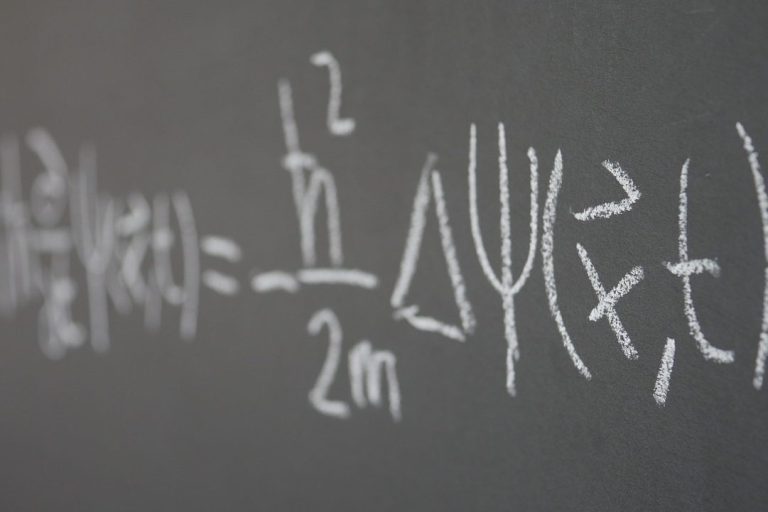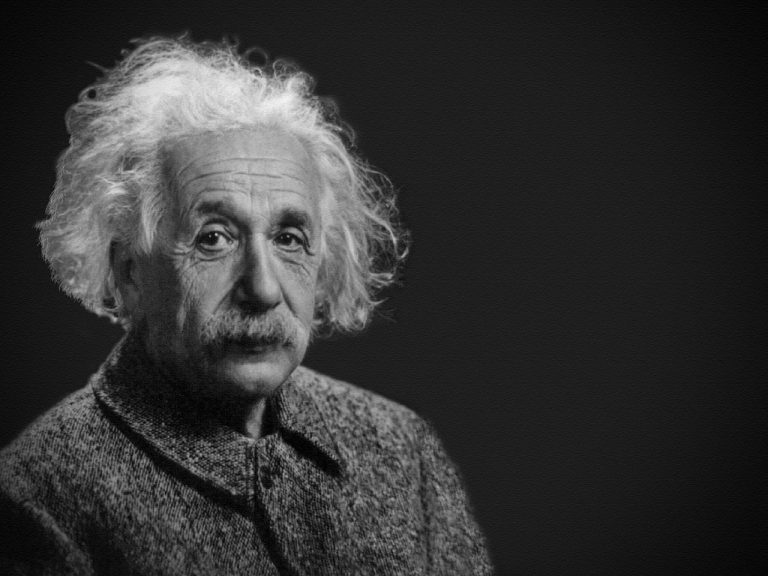Science Advance.
Science Advance. open online journal
Science Advance. is a non-profit open-online peer-reviewed journal for all scientific and related fields. "An effort by researchers and for researchers to make science more open and better known publishing more efficient and transparent."
"I love the idea that acceptance is based on quality of work, not whether it's trendy or established."
Currently 05.17.2023: open call for papers
Current papers:
Determination of the perihelion rotation using the barycentre method
Melissa B. Blau
Knowing the barycentre of the solar system and how far it is from the sun (up to twice the solar radius away), one can define fairly accurately how far the common barycentre of all planets (without the sun) is away,...
The quantum nature of the weak interaction
Melissa B. Blau
From the fundamental noνα = 1 formula, the up quark was identified as an exchange particle based on its mass, which implies that the particle is newly formed and not, as ...
The spin and the Heisenberg principle
Melissa B. Blau
In 1921, on the basis of the experimental proof of the magnetic moment of the silver atom by Otto
Stern, it was postulated that electrons have a self-rotation impulse...
The Heisenberg principle as the source of gravity and space-time curvature
Melissa B. Blau
The theory of General Relativity describes the attraction of masses through space-time curvature. But how can masses cause space-time curvature? Is there a physically tangible background for this, beyond the abstract energy-momentum tensor as the “source term”?
Science Advance.
Wir benötigen Ihre Zustimmung zum Laden der Übersetzungen
Wir nutzen einen Drittanbieter-Service, um den Inhalt der Website zu übersetzen, der möglicherweise Daten über Ihre Aktivitäten sammelt. Bitte überprüfen Sie die Details in der Datenschutzerklärung und akzeptieren Sie den Dienst, um die Übersetzungen zu sehen.





